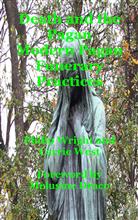
For most pagans, theirs is a benign, benevolent deity who will shortly welcome the deceased into the Summerlands. Their funerals are conducted by a member of the family, a close friend – or a pagan priest brought in to officiate, even though they are not from the deceased’s own Path or Tradition, and may not have been known to the person whose funeral they are conducting. For the Traditionalists, however, things are much more hazardous and most believe that only an Initiate from their own faith can petition deity to accept and guide the spirit of the deceased.
Death & the Pagan, written by traditional British Old Craft witches, Carrie West and Philip Wright, explores the different funerary practices of the various pagan beliefs in a way that will be useful, not only to the pagan community, but also for members of the caring professions and the funeral industry.
Because it is the only book of its kind, we felt that it should not be allowed to remain out of print when so many people could benefit from the advice contained in its pages – hence the Kindle edition is also available. It is just one of those ignotus press books that was a trail-blazer when it was first published and we hope that it will continue to find a useful place in pagan publishing in its original paperback formet
Melusine Draco
Principal of Coven of the Scales
www.covenofthescales.com
Death & the Pagan: Modern Pagan Funeral Practices – Philip Wright & Carrie West ISBN: 9781786970671 : Paperback : Pages 108 : £6.85 To order: https://www.feedaread.com/books/Death-and-the-Pagan-9781786970671.aspx.
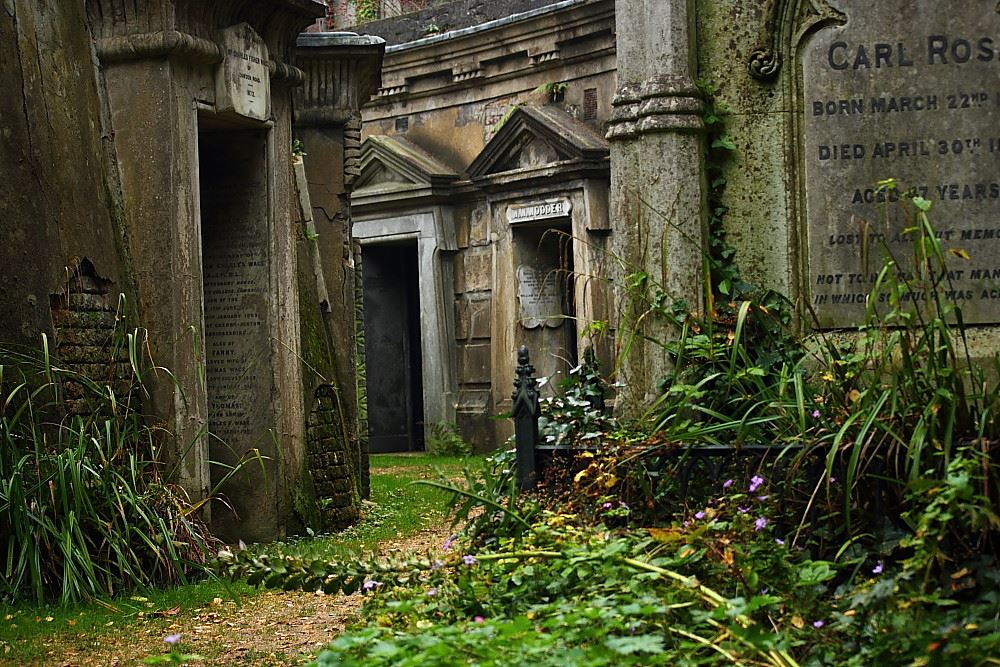
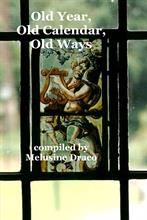
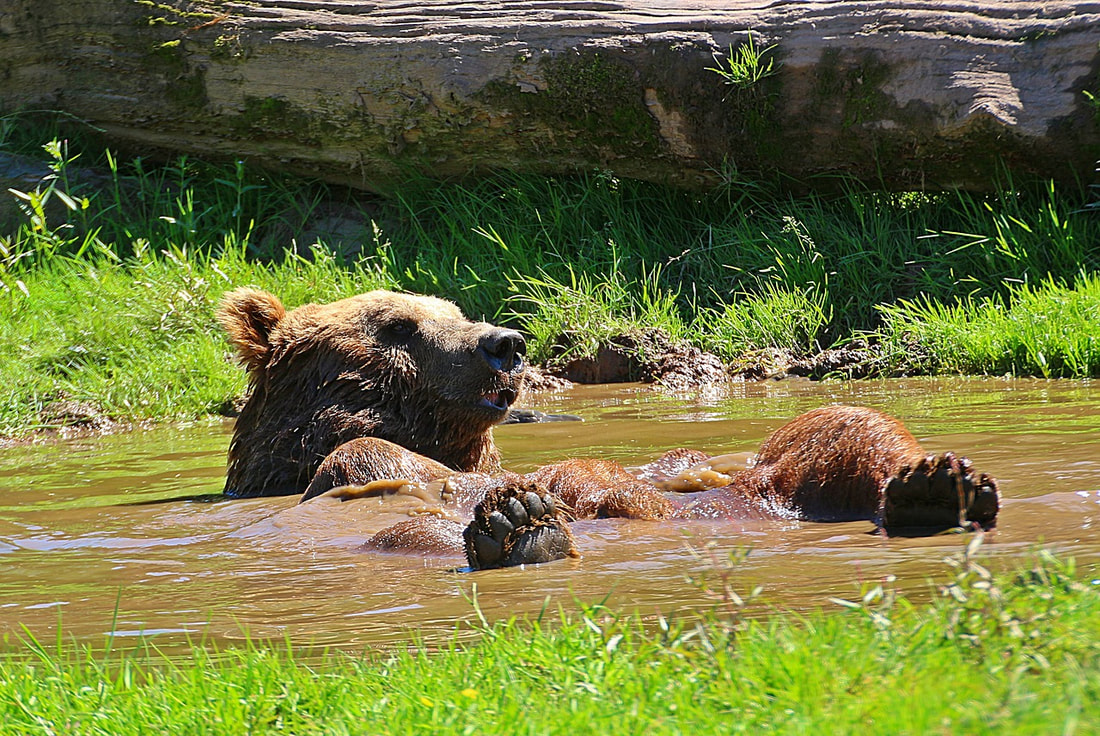
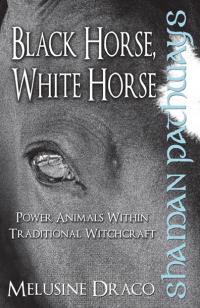

 RSS Feed
RSS Feed